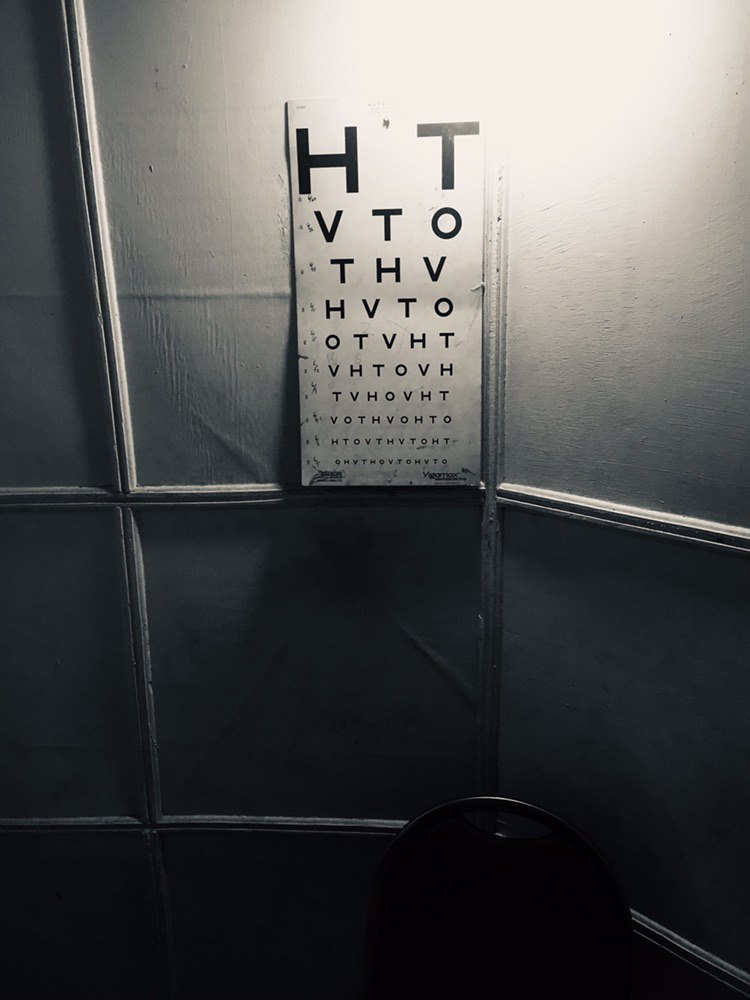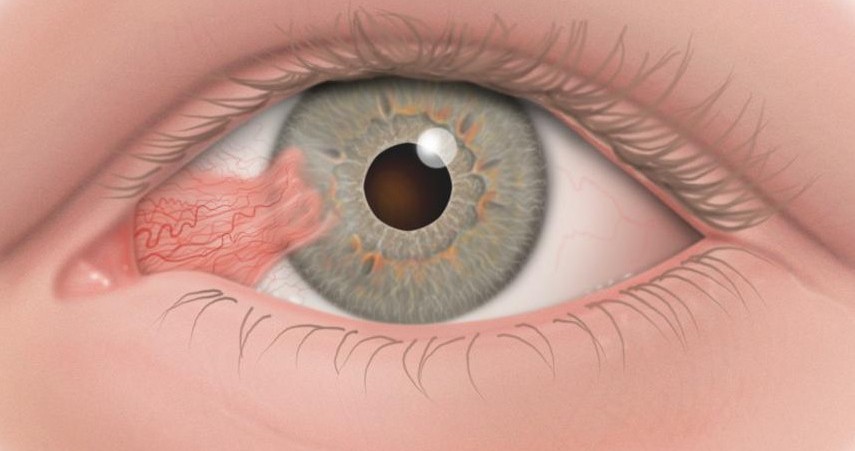Pterygium
Hello, and welcome to my blog, I hope you are safe and I hope you enjoy this article. Today I would be discussing briefly about the ocular condition known as Pterygium and how best to protect yourself.
Introduction
Pterygium is a growth on the eye, mostly found in the nasal region of the eye close to the cornea or at the edge of the cornea (limbus). It is more or less a tropical condition since the factors which promote its establishment and growth are found more in the tropical regions and also in the rural societies.
The growth occurs on the conjunctiva and whiles mostly may not be much of a health issue, when not cared for it could grow aggressively to cover the cornea and block light rays from reaching the eye resulting in low vision or blindness. In cases like that a surgical excision would be required. Pterygium may also be confused with another growth known as pinguecula which also grows on the conjunctiva and causes similar symptoms.
Signs and Symptoms
Normally, Pterygium may not provoke and symptoms unless it’s provoke by either foreign or endogenous substances and becomes inflamed in which case one may experience redness, foreign body sensation on the eye, the sensation of sand or gravel falling on the eye and in some cases eye pain. Pterygium is conspicuous and can easily be seen with the naked eye, however an observation under the slit-lamp bio-microscope by your optometrist is required for differential diagnosis and Treatment.
Factors and Treatment
Pterygium growth is accelerated by exposure to the Sun or UV and some other environmental factors such as dust, smoke etc. It is thus seen mostly in market woman who live in tropical areas and work under the sun all day, also in some industry workers who get lot of UV exposure.
Preventing Pterygium growth is as simple as correcting refractive errors, UV protective lenses goes a long way to keep it at bay. Your optometrist would give you options to choose from. In the cases of it been inflamed, Non-Steroidal Anti-Inflammatory or steroids eye drops may be given by your optometrist alongside any other medication that may be deemed appropriate.
Conclusion
Pterygium under normal conditions may not be sigh threatening however, it taken for granted things could go terribly wrong when conditions that accelerate its growth persist. Always report all ocular and emergencies cases to your optometrist and thanks for reading. With reports of possible covid19 vaccines coming up, it is more important now that we adhere to the protocols and keep safer.

Special thanks to my mentors and supporters @mcsamm, @tj4real, @armandosodano, @delilhavores, @gentleshaid. For further reading;
https://www.aao.org/eye-health/diseases/pinguecula-pterygium
https://www.allaboutvision.com/conditions/pterygium.htm

Thanks for your contribution to the STEMsocial community. Feel free to join us on discord to get to know the rest of us!
Please consider supporting our funding proposal, approving our witness (@stem.witness) or delegating to the @stemsocial account (for some ROI).
Please consider using the STEMsocial app app and including @stemsocial as a beneficiary to get a stronger support.
Nice post on an awesome opthalmology topic. Pterygium is quite common and educating the community is nice
Thanks for reading
Excellent your article friend, very educational and I call my attention, when you mentioned that tends to appear in people living in tropical and rural areas, I live in an area with such characteristics, so I will be checking my eyes, we continue reading friends !
Thanks for reading